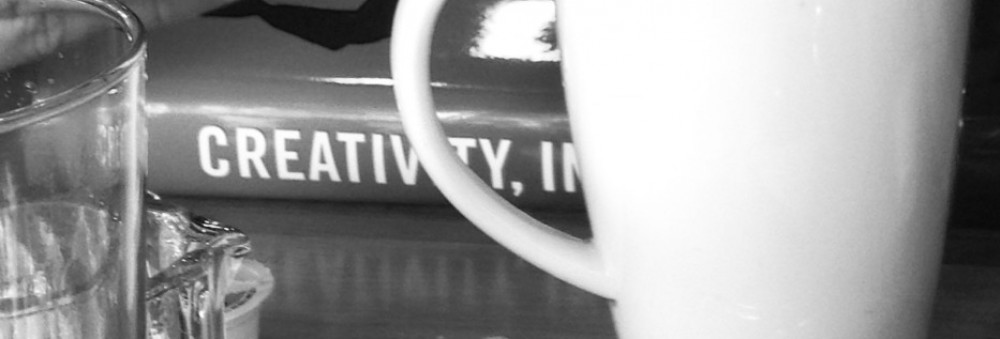“An idea does not amount to much unless it turns into an action, a change. Otherwise, it just remains, hanging motionless, a possibility never realized.”
Much has been uncovered in recent years around the knowing-doing gaps that exist in our organizations. And it is not just the existence of these gaps that is concerning, but our very ability to recognize, understand, and still rationalize them away. Arguing ineffectually to the variety of obstacles that impede our ability to implement…even when we know it is the best thing to do, for our people and our organization. A recognition that we continue to avoid and minimize daily.
While this can be a quite troublesome..it is not the only gap that exists in our organizations. We create other gaps that defeat and stall momentum. Gaps that disengage those we value most from the processes that transform and push our organizations forward.
Opportunity Gaps…an organizational plague which can be just as frustrating and paralyzing as our knowing-doing gaps.
Opportunity Gaps exist in that territory between where an idea unfolds itself and an achievable action is considered. It is the space where we explore the possibilities. Where an idea can grow and take shape. Where the possibility is realized and an action is initiated…for disruption and growth. To change forward…
For no matter how great an idea or an opportunity…it does not exist unless there is action. Until we invest in movement towards the idea, the gap will remain between what is and what could be.
Yet, we often fail to recognize our Opportunity Gaps. When we decline to acknowledge and consider the ideas and input of those we lead…when we fail to move on those ideas and input…we create organizational Opportunity Gaps. And for that, we often fail to move forward. We fail to increase capacity. We fail to grow.
For ideas serve as opportunities…opportunities to disrupt ourselves and our organizations for the better. However, so often we de-value an idea before it has even had a chance to be explored. Thereby, disengaging the creative process.
Which is why we have to gauge our effectiveness in facing our Opportunity Gaps…
To better determine an organization’s struggle with and level of Opportunity Gaps…we can view the organization from one of three stages (as viewed from the life cycle of a butterfly);
- Cocoon: At this level the organization and the people within remain insulated…from new learnings, new ideas, new opportunities. They are content in their current, level of functioning. These organizations often find themselves blindsided and unprepared, lacking the ability and agility to survive any type of disruption. An unwillingness to be aware has left them completely unprepared. They often find themselves extinct, before they can come to terms with change.
- Caterpillar: At this level, awareness exists, but it is minimal and change is slow. There is some acceptance to considering new ideas and opportunities, however any type of implementation and action is often excruciatingly slow. They often realize the disruption is coming, however they are moving too slowly to avoid it, or create the necessary changes that will allow them to survive it. So they find themselves falling farther and farther behind, slowly losing relevance.
- Butterfly: At this level, we often find the inquiry-oriented, learning organization. They work diligently to stay open to new possibilities and ideas, willing to implement and disrupt themselves to remain relevant. Ideas and possibilities come to fruition much more quickly. There is an air of innovation, as experimentation and trial and error are accepted practices. Learning, growth, and forward momentum flow from and within the organization.
In the end, each organization has a choice. We can insulate ourselves and hope that what we know and do will be sufficient. We can choose to serve as slow-movers, risk adverse, always making the safe choice that does little more than to keep the organization on its current course. Or you can choose to fly like the butterfly. To be the trend-setter, the disrupter, the risk-taker.
Either way, the choice is yours…a choice that no organization can avoid. For how long can we determine to remain both risk-and idea-adverse, and remain relevant in our disruptive, volatile, knowledge-centered society?

I totally dig this, David.
Sometimes I think you and John Wink are intellectual doppelgangers simply because you both use so many powerful analogies in your writing. It’s fun to read and it makes concepts more approachable to everyone involved.
Thanks for sharing them with us.
Bill